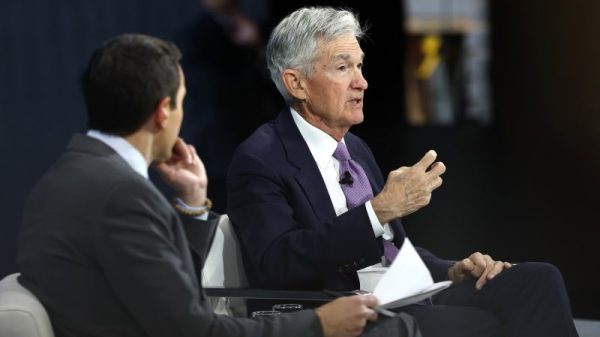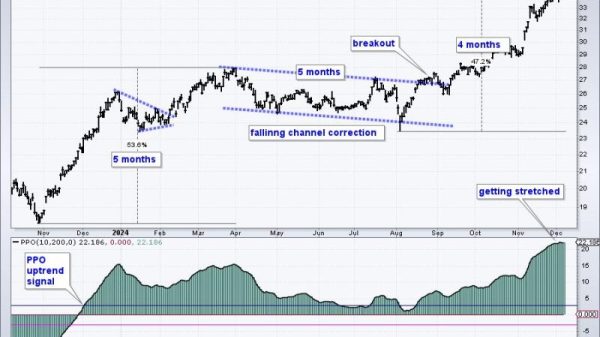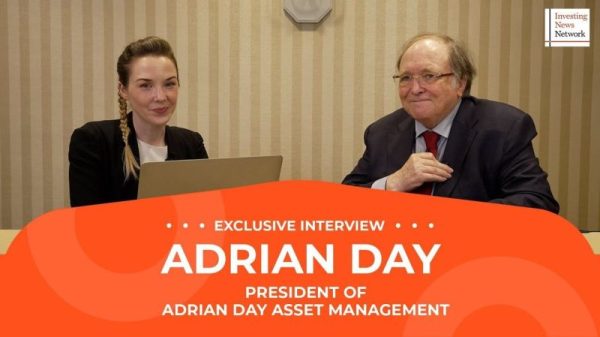In a recent clash of the titans within the realm of corporate governance, Disney CEO Bob Iger emerged victorious in a high-stakes battle against billionaire investor Nelson Peltz over a seat on the Disney board. The showdown between these two industry heavyweights highlighted the complexities and power dynamics inherent in boardroom struggles, underscoring the critical role that effective leadership and strategic vision play in securing corporate interests.
At the heart of the conflict lay differing views on the direction and management of Disney’s vast empire. Iger, a seasoned executive known for his transformative leadership and bold strategic initiatives, has steered Disney to unprecedented success during his tenure. Under his guidance, the entertainment giant acquired major properties like Pixar, Marvel, Lucasfilm, and most recently, 21st Century Fox, expanding its influence and dominance in the global entertainment landscape.
In contrast, Peltz, an activist investor with a reputation for shaking up underperforming companies, sought to challenge Iger’s leadership and push for changes that he believed would unlock greater value for Disney shareholders. With a track record of advocating for operational improvements and cost-cutting measures in companies like Procter & Gamble and Wendy’s, Peltz represented a formidable force in the boardroom battle.
The clash between Iger and Peltz underscored the inherently divergent perspectives that often characterize boardroom dynamics. While Iger prioritized long-term growth and sustainability, Peltz focused on short-term gains and operational efficiencies. The clash of these contrasting approaches laid bare the tension between immediate returns and enduring value creation, posing a fundamental question about the role of boards in steering corporate strategy.
Ultimately, Iger’s strategic vision and ability to rally shareholder support proved decisive in securing his position on the Disney board. His unwavering commitment to innovation, creative excellence, and long-term value creation resonated with investors and stakeholders, strengthening his position as a transformative leader within the industry.
The clash between Iger and Peltz serves as a compelling case study in corporate governance and strategic leadership. It highlights the complexities inherent in boardroom battles, the importance of aligning corporate strategy with shareholder interests, and the critical role that effective leadership plays in navigating turbulent waters. As the dust settles on this high-stakes showdown, one thing remains clear: in the game of corporate governance, only the most visionary and resilient leaders can emerge victorious.


























